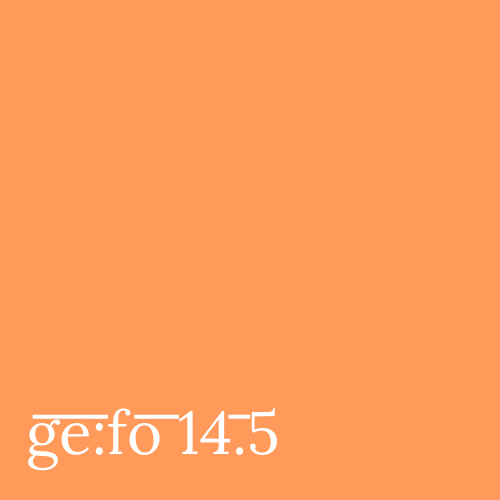Slipping Off the Sealskin: Gender, Species, and Fictive Kinship in Selkie Folktales
DOI:
https://doi.org/10.18716/ojs/gefo/2015.2682Keywords:
Seal, Skin, Seal Wife, Uncanny, Selkie FolktalesAbstract
Figure: a pale grey sealskin, lying empty. Ground: the shore of a cold sea. We are in Iceland, or Norway. In Scotland, or Ireland. We are in Shetland, or – half a world away – the South Shetland Islands of the Antarctic Peninsula. For those of us who study this multiple sealskin – who have heard the tales of the Seal Wife – a question arises, unmoored from the quotidian: to what body does the skin belong? Was it cut from a carcass for meat or fur, stripped seal flesh left bloody? Or did someone step from it, slipping naked and uncanny from the skin to walk upon the shore? Some seals are not what they seem, their eyes are too human. They are selch, selkies or silkies, from the Shetland and Orcadian for seal; fey creatures who can shed their sealskins, step from the water, and walk as humans on the shore. This essay examines a cluster of selkie folktales in order to study this sealskin, a locus where questions of gender, species, and kinship intersect. What can this shifting figure reveal about the Seal Wife topos, and the changing landscape of folklore in the twentieth century?



